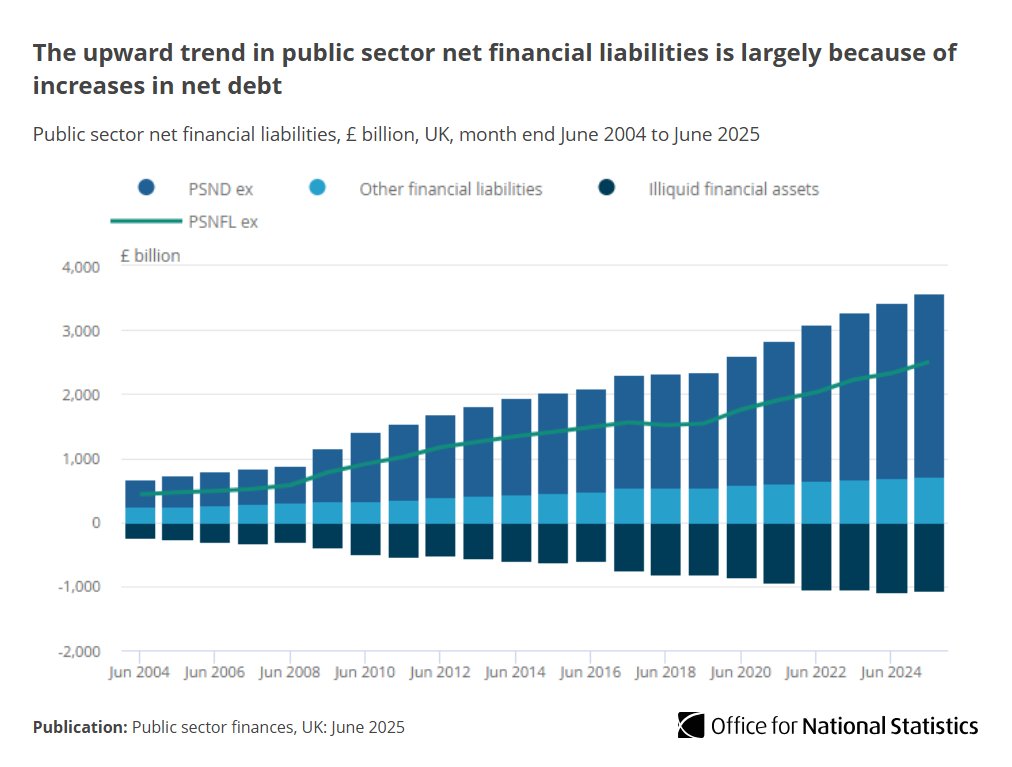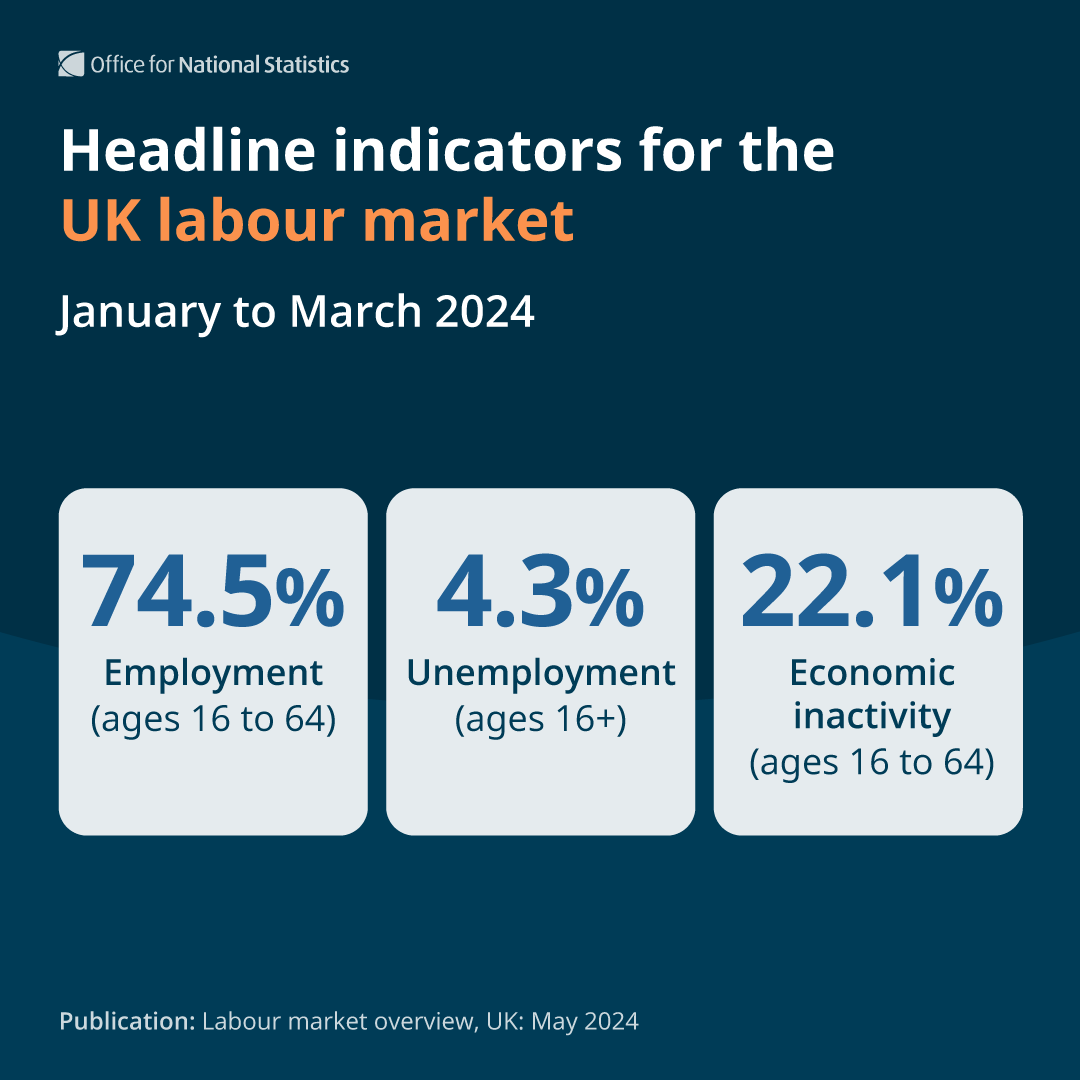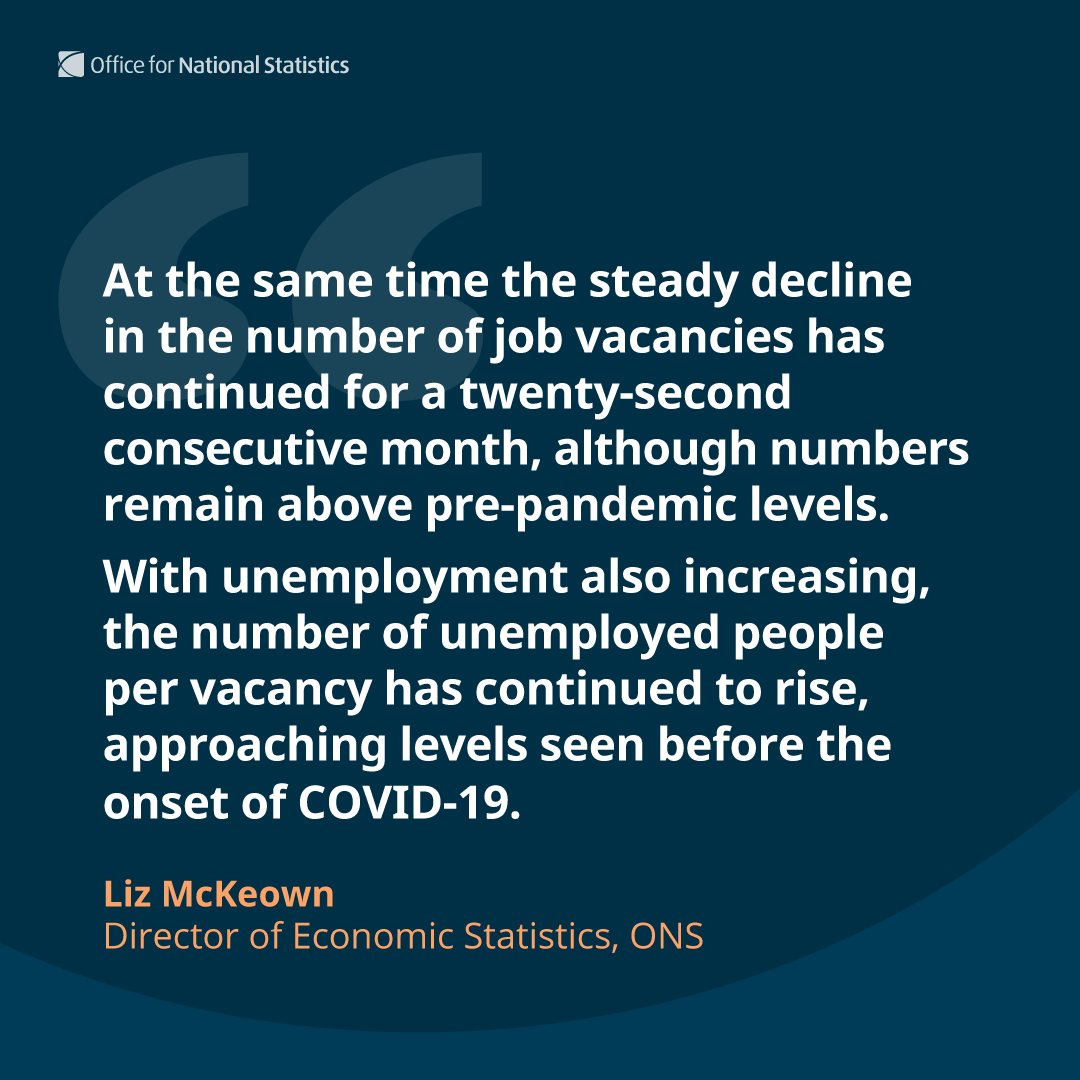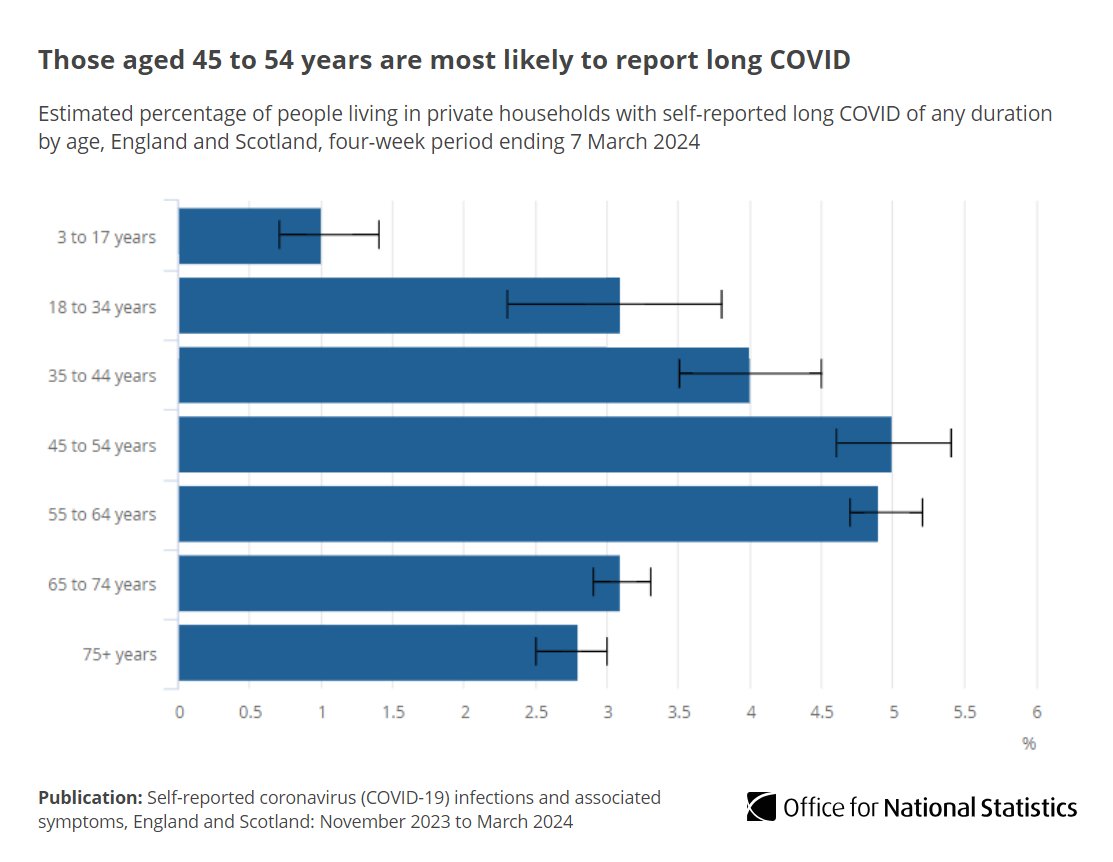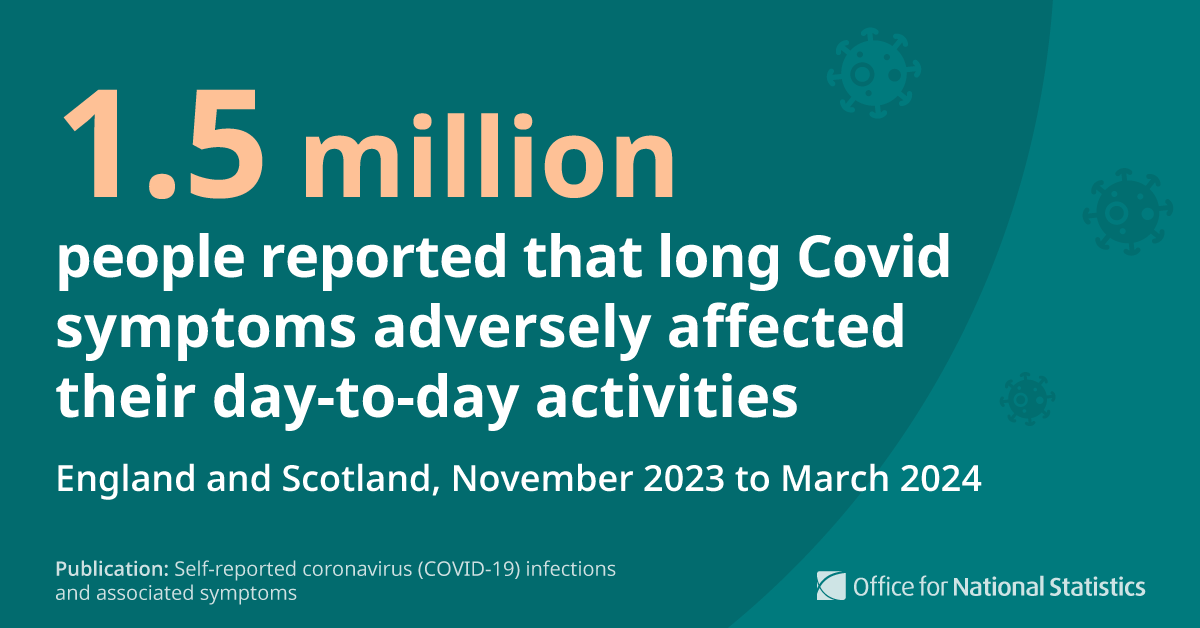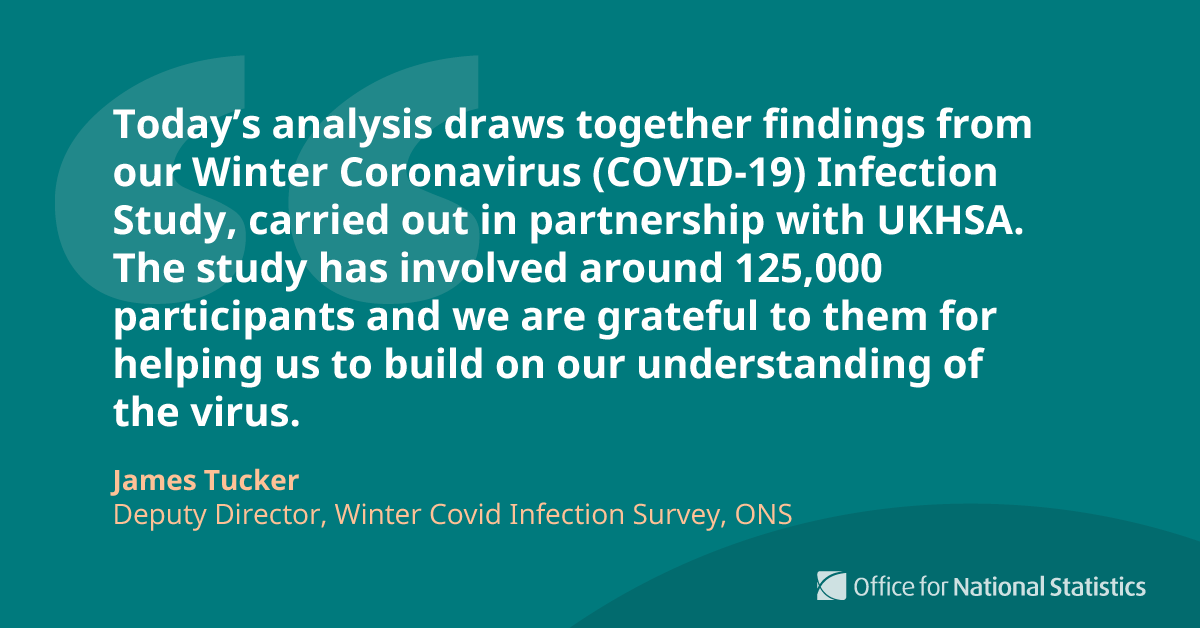How a home is heated affects energy costs and what financial support is available.
In our latest article, we explore new #Census2021 data to show how heating sources vary across England and Wales 🔥
➡️ ow.ly/8VW150MiVAV
In our latest article, we explore new #Census2021 data to show how heating sources vary across England and Wales 🔥
➡️ ow.ly/8VW150MiVAV

The average annual energy bill for households has increased from £1,277 to £4,279 since Jan 2022 (for an average dual fuel household based on typical consumption).
However, government support means average consumer costs will remain at £2,500 a year until Apr 2023.
However, government support means average consumer costs will remain at £2,500 a year until Apr 2023.

74% of households in England and Wales said mains gas central heating was their only central heating source 🔥
9% of households said they had electric-only heating – mostly in urban areas - and Greater Manchester had 4 of the 10 neighbourhoods most reliant on this.
9% of households said they had electric-only heating – mostly in urban areas - and Greater Manchester had 4 of the 10 neighbourhoods most reliant on this.

While only 3% of all households heat their homes only with oil in England and Wales, the percentage was much higher in some neighbourhoods 🛢️
The East of England had 7 out of the 10 areas where oil-only central heating was most common.
The East of England had 7 out of the 10 areas where oil-only central heating was most common.
1% of households didn’t have any central heating – equivalent to 367,130 homes.
The South West had the three neighbourhoods where having no central heating was most common.
The South West had the three neighbourhoods where having no central heating was most common.
89% of neighbourhoods had more households with no central heating than those centrally heated by renewable energy only 🌊🏭⚡🔋
5 of the top 10 areas for renewable-only heating were in Cornwall.
5 of the top 10 areas for renewable-only heating were in Cornwall.

You can use our interactive tool to search how homes are heated in your neighbourhood.
Learn more 🔎➡️ ow.ly/8VW150MiVAV
Learn more 🔎➡️ ow.ly/8VW150MiVAV
• • •
Missing some Tweet in this thread? You can try to
force a refresh



